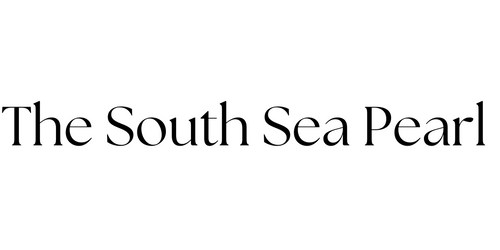In the world of luxury and fashion, few items capture attention quite like Tahiti pearls. Known for their unique hues and lustrous beauty, these gems have taken center stage, largely propelled by their presence in celebrity culture and media. From red carpets to high-fashion editorials, tahiti pearls have emerged as a symbol of elegance and sophistication, transcending their geographical origins in the South Pacific. Let's explore the fascinating relationship between celebrity influences and the portrayal of tahiti pearls in media that continues to drive their desirability among consumers.
The South Sea Pearl Blog
-
October 01, 2025
-
September 30, 2025
The Allure of Tahitian Pearls in Luxury Fashion
When we talk about luxury, there are few items that evoke a sense of opulence and sophistication like Tahitian pearls. These exquisite gems, cultivated mainly in the clear waters of French Polynesia, have become synonymous with high-fashion brands and lavish lifestyles. But what is it about tahiti pearl that connects it so deeply with luxury brands? In this article, we delve into the distinctive characteristics of Tahitian pearls and their impressive relationship with the world of fashion and luxury.
-
September 28, 2025
Discover the Magic of Tahiti’s Black Pearls
Traveling to Tahiti is a dream for many, and for good reason. The breathtaking landscapes, pristine beaches, and vibrant culture create a paradise on Earth. But one of the most alluring attractions of this South Pacific haven is its exquisite black Tahitian pearls. These natural treasures are not just beautiful; they carry stories of artistry, tradition, and a connection to the ocean. Whether you’re an adventurer at heart or a lover of exquisite jewelry, your travel itinerary should include a deep dive into the world of Tahitian pearls.
-
September 27, 2025
Sourcing Ethical Tahitian Pearls: The Essential Guide
Tahitian pearls, renowned for their exquisite beauty and unique colors, have become a sought-after gemstone worldwide. However, as the demand for these stunning pearls increases, so does the importance of sourcing them ethically. If you are considering purchasing black Tahitian pearls, it’s vital to understand what to look for to ensure your pearls are not only beautiful but also responsibly sourced. In this comprehensive guide, we will discuss various aspects of sourcing ethical Tahitian pearls, including their origins, certification, and the impact of sustainable practices.




